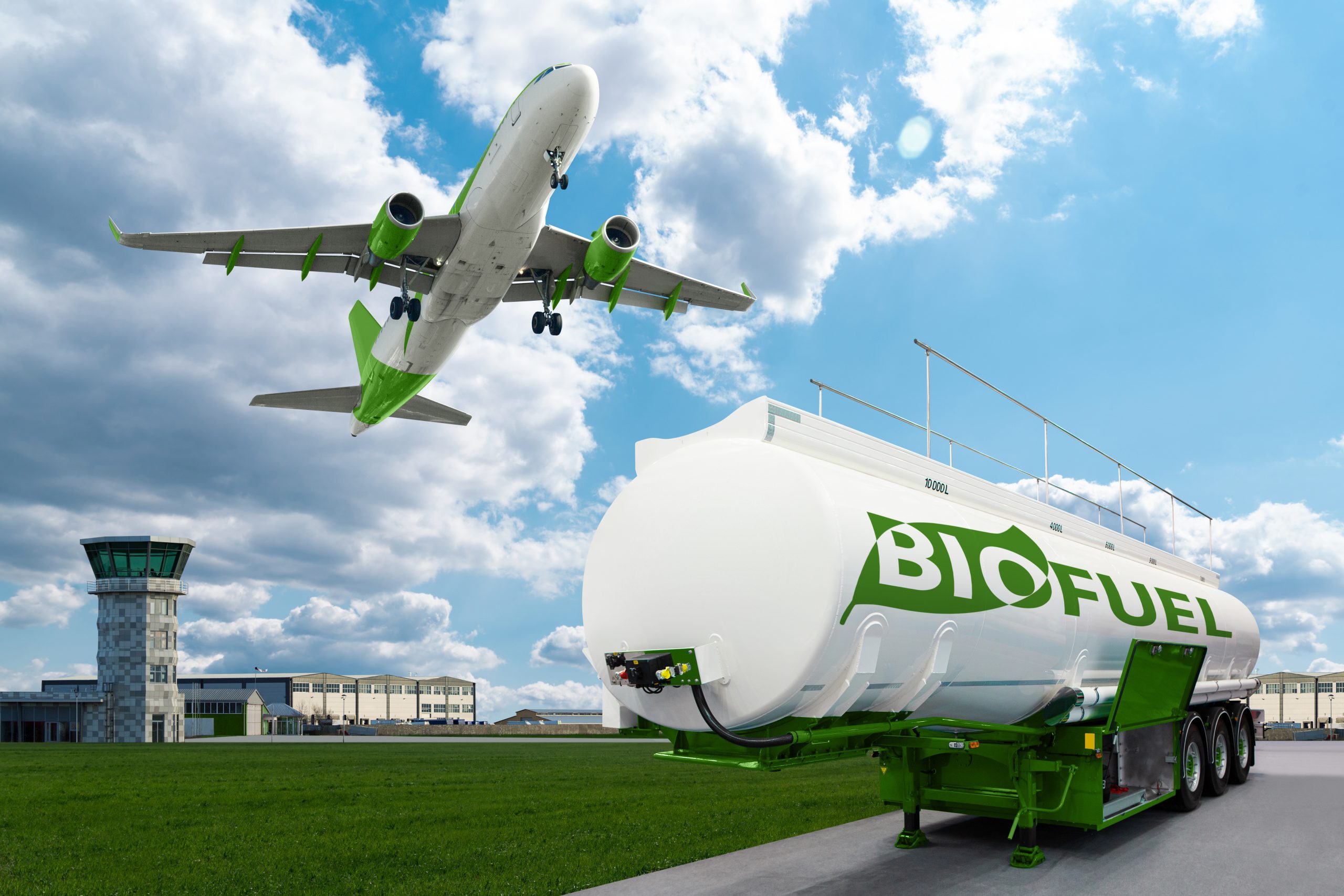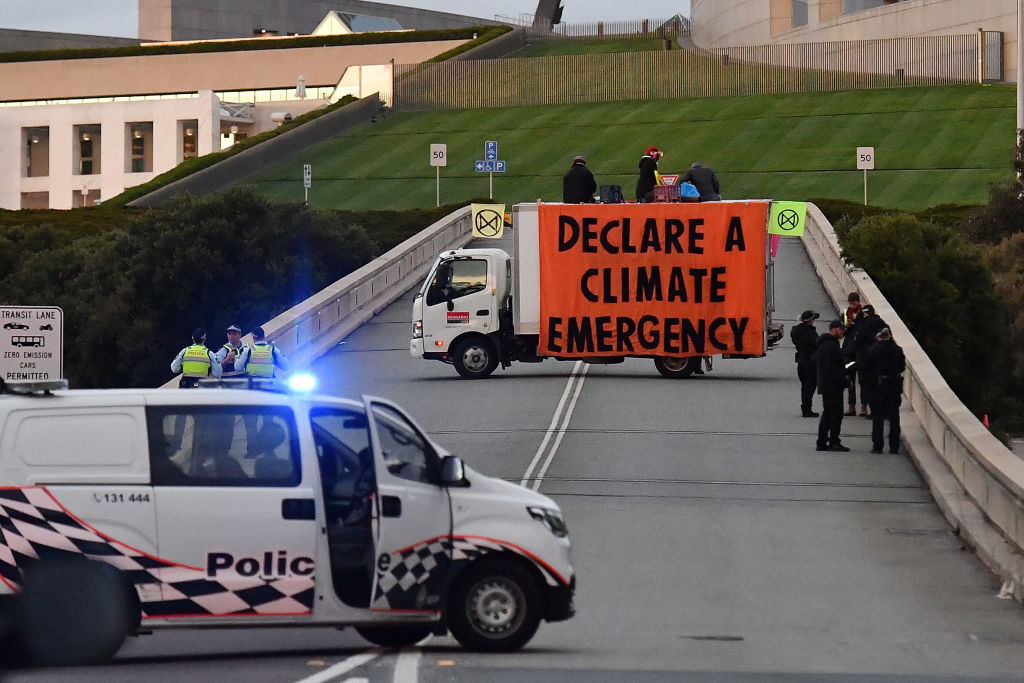Editors’ picks for 2024: ‘Australia should grow its own fuel’

Originally published on 18 March 2024.
Australia really does run on the smell of an oily rag. Our fuel reserves are pitifully low by international standards, and we produce very little fuel domestically. This is a risk, both strategically and economically. But it also presents an opportunity we should grasp.
The opportunity is to ramp up domestic production of fuel made from plants, creating a secure local supply that isn’t exposed to the risk of disruption beyond our shores.
Australia imports about 90% of its liquid fuel and has just two operational oil refineries, and those run only thanks to federal government support. The industry has almost shut down because buying refined products abroad and importing them just in time for consumption is more economical.
This reliance on just-in-time supply is also one reason why we have tended to store very little fuel locally. In fact, Australia holds 54 days of fuel supply onshore, according to the latest data, well below the 90 days of net oil imports we should hold under International Energy Agency rules.
None of this is news. But it does explain why various governments have sought to boost the country’s storage and supply—including the previous Coalition government’s purchase of crude oil placed in the US Strategic Petroleum Reserve (which we would need to ship here for use) and earmarking of funding for extra diesel storage capacity. Since then, the Labor government has told large importers and refiners they must hold minimum levels of fuel locally to see them through supply disruptions.
Having additional storage is all well and good, but it overlooks the tanker-sized elephant in the room. We need to fill that storage capacity with something, and, because we produce very little fuel ourselves, that something must be shipped from abroad. Since the point of a strategic fuel reserve is to see a country through troubled times, relying on free and open shipping lanes, not to mention the availability of ships and crews, is a bit of a risk.
Just look to the Red Sea for a current example of how shipping routes can be seriously interrupted by an adversary using simple means such as drones. Then imagine the disruption a fully-fledged kinetic conflict might cause. You need not imagine too hard: just ask Europe about the impact of the Russia-Ukraine conflict on its energy supplies. Now imagine trying to arrange imports of fuel to Australia during a conflict, even fuel you have paid for that is sitting safely on the other side of the Pacific Ocean.
That leads us to the inevitable solution: we need to produce more fuel domestically to fill the local storage facilities we have been building. To do that, we have three options: use more of our existing supplies of crude, seek out unconventional supplies, or look to alternatives.
By global standards, Australia is not a major player when it comes to conventional geological oil reserves. Our modest supplies have been declining as new fields have failed to make up for the depletion of old ones. While the opening of new Northwest Shelf fields reversed the situation somewhat, the bottom line is that we hold little in the way of geological reserves of conventional offshore oil. They’re likely to be exhausted in about 20 years. Onshore oil exploration is hampered by lengthy and circuitous community engagement and regulatory and environmental approvals that add time, cost and complication to any project, often to the point of unviability. In any case, our two remaining refineries are an inconveniently long way from the source and are not well-suited to refining the oil we extract from the seabed.
An alternative that is theoretically inexhaustible is the use of biofuels in our energy security mix. Using plants to fuel vehicles is not new technology—it has been around since the 1930s—and Australian motorists currently have access to ethanol-blended petrol and biodiesel. Even the US military and its NATO partners are getting in on the act, looking at biofuel not only to improve sustainability but to cut down dependence on conventional oil supplies.
Biofuels present several benefits in terms of energy and economic security. In 2022, liquid biofuels internationally avoided the consumption of almost 2 million barrels of oil per day in the transport sector. While that met only about 4% of global transport demand, it showed the potential for growth.
Moreover, biofuels can be produced from non-food crops grown on marginal land, removing the food-versus-fuel tension and providing an additional income source for rural communities. We are already doing this, in a way. More than half of Australia’s canola crop is exported to the European Union, with at least 60% of that being used in biodiesel production. That product could be sold domestically if we had a local biofuel industry providing demand for the raw inputs.
Late last year, the CSIRO and Boeing released the Sustainable Aviation Fuel Roadmap, which looked at how Australia could develop a sustainable aviation fuel industry using Australian feedstocks. According to the roadmap, non-edible oilseeds ‘offer the opportunity of cultivating and utilising crops that do not have to compete with food markets and can use marginal or degraded land’. In fact, Australia will have enough feedstocks to produce 90% of local jet fuel using biogenic feedstocks by 2050, according to the roadmap, giving an insight into how a sustainable biofuel industry can be developed to take advantage of marginal land growing non-food crops.
Success in this area will not happen spontaneously, however. It will take a concerted push by government and industry to realise its potential. The US, India and Brazil have been pushing ahead with the development of policies that will support and drive biofuel production, which includes supporting innovation, addressing sustainability issues and sending the right investment signals. Their efforts have seen annual biofuels providing 22% of Brazil’s transport energy in 2022 and 7% in the US. Meanwhile, ethanol’s use in India’s petrol-fuelled vehicles doubled to 6% from 2019 to 2022.
Bioenergy Australia provides some practical policy ideas for the federal government in its 2024-25 budget submission, among them a commitment from the Australian Defence Force to be a ‘cornerstone customer’ of locally produced synthetic aviation fuel and renewable diesel. According to Bioenergy Australia, this would be a significant driver in the development of a domestic industry, providing certainty and demonstrating the federal government’s commitment. This could be backed up with funding from the National Reconstruction Fund, Powering the Regions Fund and Australia Renewable Energy Agency.
For a country such as Australia, with limited reserves of offshore oil and difficult-to-exploit onshore oil, farming our own fuel makes sense. It would provide opportunities for agricultural development and diversification, reduce our dependence on imported oil that is at risk of geostrategic disruption, and allow us to fill those extra storage tanks we have built.
All it needs is some political will.


